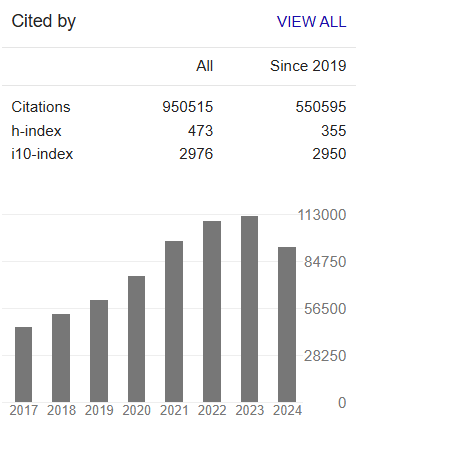Phenology of Petersianthus Macrocarpus from 2017 to 2020 and Risk of Pollinosis in Dictrict of Abidjan
Abstract
Yomanfo Niangbo Serge Pacome, Yapo-CrEzoit ChiayE Claire Antoinette, KonE Mamidou Witabouna, Kassi N Dja Justin
Petersianthus macrocarpus is a plant species whose pollens are potentially allergenic. This plant is present from the coast to the centre of the country. The objective of this study is to prevent populations from being exposed to the pollens of Petersianthus macrocarpus. Specifically, it was a question of defining the flowering of Petersianthus macrocarpus, evaluating the impact of the climate on this flowering and listing the populations most exposed to P. macrocarpus pollens. The study took place in Abidjan, in the commune of Yopougon, specifically in South Niangon, from September 2017 to June 2020. Sampling by quadrat allowed to determine the number of individuals, the cover, the density and the frequency of the vegetation. Floral phenology was carried out by weekly observations using binoculars. The coverage in each quadrat was 1 and the frequency 100%. Individuals less than 6 m high did not bear any flowers. Two flowering periods were observed in the years 2017 to 2019. The first was from April to June, the second from November to January. However, there was no flowering from April to June in 2020. The evolution of rainfall in 2020 was not identical to that of the three previous years. The phenology of Petersianthus macrocarpus presents periods of high risk of pollinosis and is influenced by rainfall. Increasing wind speed exposes new populations to pollen. The installation of pollen collectors is certainly necessary to establish the pollen calendar of Petersianthus macrocarpus in Côte d’Ivoire.



